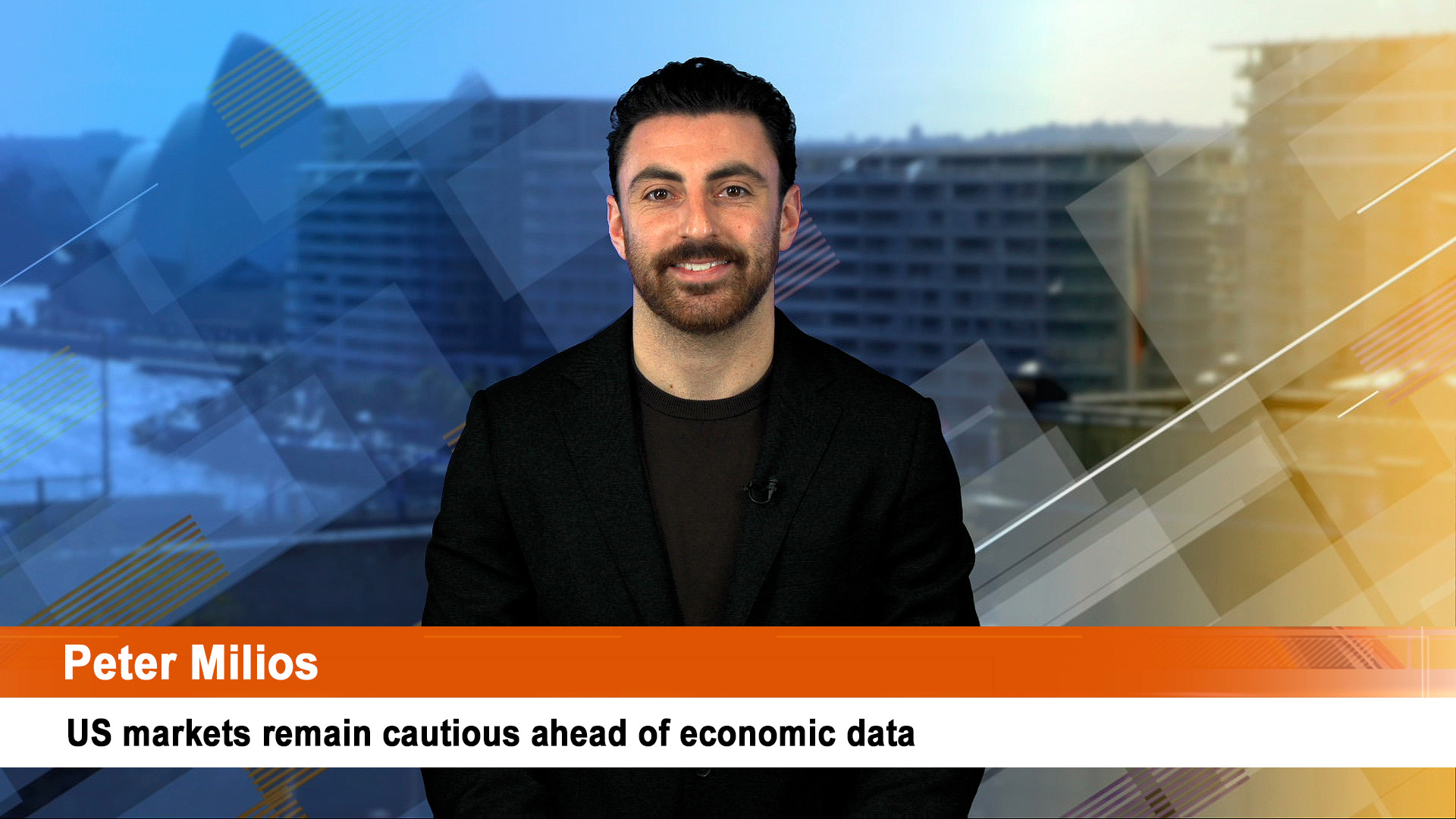In January big global fund managers were turning away from US shares – and promptly missed Wall Street’s 6%-plus rally and 10.7% rise for the embattled Nasdaq, though they did enjoy solid gains elsewhere.
In February it’s now a case – ‘nah, won’t last’ from big global investors in the latest Bank America survey who continue to be more underweight equities than they have been for more than a decade – as they were in January.
Pessimism around economic growth has eased though and is at its lowest in a year, while 83% of fund managers see inflation easing further over the next 12 months, the survey showed.
Perhaps that high reading may change after the very mixed US Consumer Price Inflation (CPI) data for January on Tuesday and Thursday’s Producer Price Index (PPI) data – both of which confirmed that inflation is more ’sticky’ and persistent than many optimistic investors had though.
The CPI and PPI came well after the survey was completed and confirmed for the moment that inflation is going to be a bit more persistent than the optimists thought, so as Fed chair, Jay Powell made clear last week, rates will be higher for longer.
And Wall Street wobbled a bit more late in the week.
Bank of America Corp.’s latest global fund manager survey (covering $US847 billion on investments) showed that around 66% of participants in the bank’s February survey said stocks are seeing a bear market rally — and that they expect them to return to new lows.
That’s even as the share of investors expecting a global recession fell to 24%, down from a peak of November’s very high 77%.
Still, BofA strategist Michael Hartnett said positioning is light enough to avoid a drop in stock prices just yet.
About 31% of investors are now underweight equities, compared with a peak of 52% in September, but that’s still a higher proportion than the historical average.
Meanwhile, allocations to cash eased this month and are now at levels seen just before the start of the war in Ukraine last February, Hartnett said.
Hartnett — who was broadly negative on equities in 2022 — last week recommended selling the S&P 500 above 4,200 points – it was 4,090 on Thursday.
One small positive from the Bank of America’s survey showed profit expectations were improving, but remained bearish.
Participants still saw stagflation as the most likely macroeconomic backdrop, with 83% expecting below-trend growth and above-trend inflation in the next 12 months.
In the past month, fund managers have moved out of defensive stocks such as utilities, health care and consumer staples and into emerging-market assets and economically sensitive cyclical sectors.
The survey found the percentage of investors who are overweight emerging market equities increased by 51 percentage points from November 2022 to February – the largest three-month increase on record.
It also found that “long China stocks” was now the most crowded trade along with long investment grade bonds, replacing long US dollar cash.
China abruptly scrapped many of its restrictions on life and travel aimed at curbing the spread of COVID-19 late last year, sending Hong Kong’s benchmark Hang Seng Index to an 11-month top in late January.
BofA noted, however, that while investors were the least pessimistic since February last year, positioning was not optimistic enough to be a catalyst to sell.
“(Fund manager survey) investors remain pessimistic in February but to a lesser degree, with all key measures of sentiment improving (month on month) and shift in positioning highlighting stronger risk appetite,” BofA analysts said in commentary with the survey.
The biggest tail risks given in the survey were inflation remaining high, worsening geopolitics, deep global recession, staunchly hawkish central banks and a systemic credit event.
That’s why the minutes of this week’s release of the Fed meeting on January 31 and February 1 will be analysed until the ink dries.













